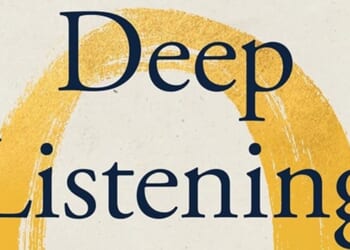Google Scholar is a wonderful research resource. The free service covers a huge amount of the global scientific publishing enterprise, encompassing peer-reviewed articles, books, reports, conference papers, and preprints. It’s easy to use and accessible to anyone.
It also compiles citation counts as a rough indicator of a researcher’s influence. Of particular interest to academicians and university administrators is a scholar’s h-index. An h-index of 10, for instance, means a person has 10 papers with at least 10 citations each. The higher the h-index, the more influential the researcher’s work.
A recent prank by the Northwestern University metascience graduate student Reese Richardson and the Cambridge University engineer Nick Wise shows the h-index can be easily gamed to produce nonsensical results. A young writer named Larry Richardson’s recent articles on ostensibly abstruse mathematical issues earned him an h-index of 12. But “Larry Richardson” is a cat—briefly the world’s most cited cat. The pranksters created a profile for Larry and uploaded 12 self-citing fake articles to the preprint site ResearchGate, which gave the kitty that impressive h-index.
Funny, yes, but highlighting a serious problem. Many top-ranked universities rely on citation counts when considering hiring or promotion. And over 60 percent, according to a February study of citation mills in Scientific Reports, obtained citation data from Google Scholar. Anyone want to hire a mathematically gifted feline?
















